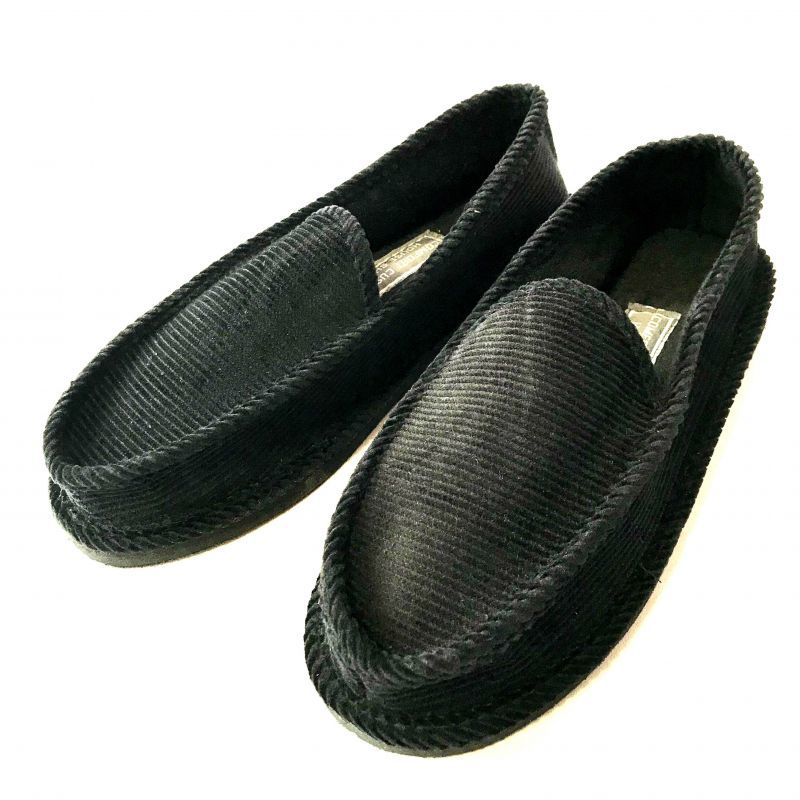
As a compromise, the possibility was created to add a relatively unintrusive mark, the capital letter C within a circle, to appear on the work itself next to the artist's name, indicating the existence of a more elaborate copyright notice elsewhere that was still to be allowed to be placed on the mounting. In conference sessions among copyright stakeholders on the proposed bill, conducted in 19, representatives of artist organizations objected to this requirement, wishing to put no more on the work itself than the artist's name. This included paintings, the argument being that the frame was detachable. As originally proposed in the draft of the bill, copyright protection required putting the word "copyright" or a sanctioned abbreviation on the work of art itself. The Copyright Act of 1909 was meant to be a complete rewrite and overhaul of existing copyright law. The copyright symbol © was introduced in the United States in section 18 of the Copyright Act of 1909, and initially applied only to pictorial, graphic and sculptural works. The Copyright Act was amended in 1874 to allow a much shortened notice: "Copyright, 18, by A. B."

It was lengthy: "Entered according to act of Congress, in the year, by A. B., in the office of the Librarian of Congress, at Washington." In general, this notice had to appear on the copyrighted work itself, but in the case of a "work of the fine arts", such as a painting, it could instead be inscribed "on the face of the substance on which shall be mounted". Ī copyright notice was first required in the U.S. Prior symbols indicating a work's copyright status are seen in Scottish almanacs of the 1670s books included a printed copy of the local coat-of-arms to indicate their authenticity. copyright law, but its presence or absence is legally significant on works published before that date, and it continues to affect remedies available to a copyright holder whose work is infringed. This program is typically the first program a programmer would write while learning about programming languages.In the United States, the Berne Convention Implementation Act of 1988, effective March 1, 1989, removed the requirement for the copyright symbol from U.S.
C&b sports code#
The following text is C++ source code and it will write the words " Hello World!" on the screen when it has been compiled and is executed. C++ is used for variety of application domains.

C&b sports software#
C++ is simple and practical approach to describe the concepts of C++ for beginners Archived at the Wayback Machine to advanced software engineers.Ĭ++ is a general-purpose programing language which means that it can be used to create different variety of applications. Step by step, a lot of advanced features were added to the language, like operator overloading, exception handling and templates.Ĭ++ Archived at the Wayback Machine runs on a variety of platforms, such as Windows, Mac OS, and the various versions of UNIX. The language was planned as an improvement on the C programming language, adding features based on object-oriented programming. The C++ programming language was developed by Bjarne Stroustrup at Bell Labs in the 1980s, and was originally named "C with classes".

In the 1990s, C++ became one of the most used programming languages in the world. It was created for writing programs for many different purposes.

C&b sports plus#
C++ (pronounced "see plus plus") is a computer programming language based on C.


 0 kommentar(er)
0 kommentar(er)
